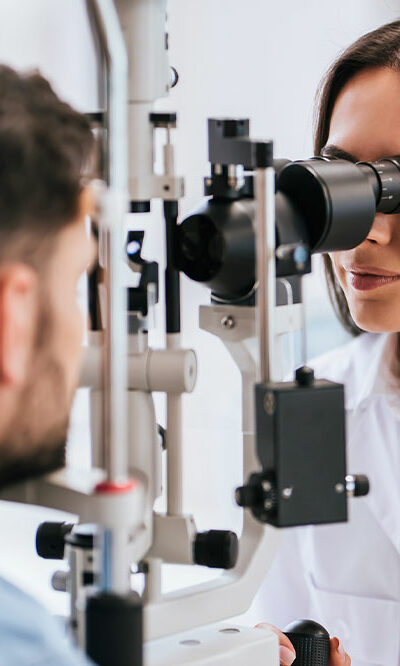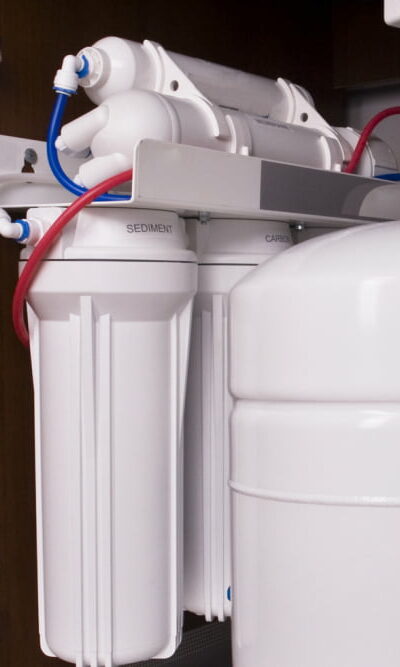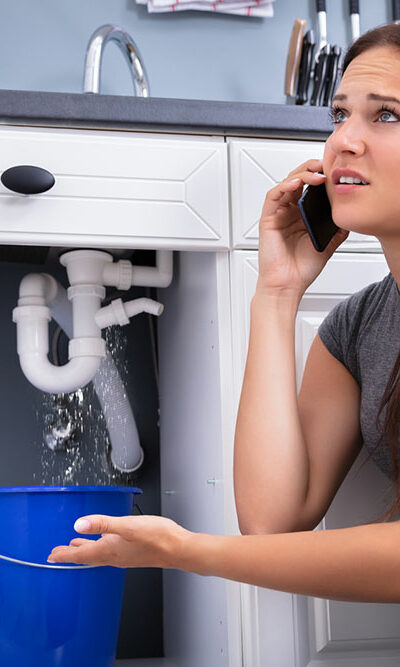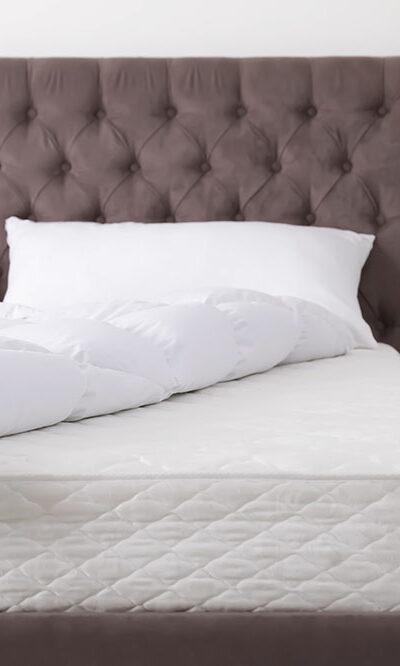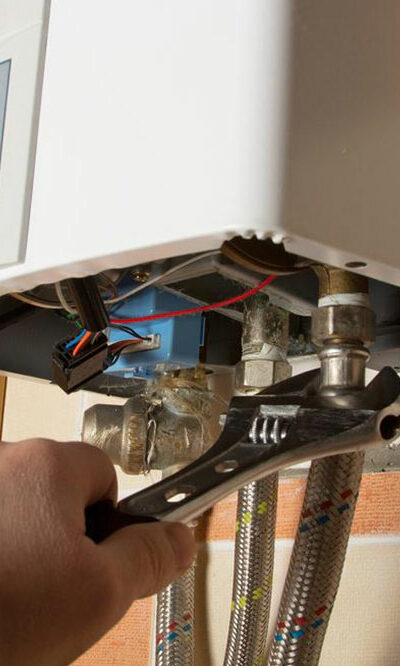
10 common water heater repairing blunders to avoid
A water heater, an essential appliance in most homes, provides hot water for various tasks such as bathing, cleaning, and cooking. However, like any other appliance, a water heater may experience problems that may require timely repair. Unfortunately, many homeowners make common mistakes during water heater repair that cost them a lot of money. Here are a few such repairing mistakes that one can avoid to extend the longevity and safety of the device. Not turning off the power supply Before one starts any water heater repair, ensure that one has turned off the power supply. Failure to do so can result in electrical shock or major injury. Not draining the tank before repair If one needs to repair the water heater tank, it’s crucial to drain it first. This process can remove all the sediment build-up for proper maintenance. Ignoring leaks If one notices any leaks in the water heater, it’s essential to fix them as soon as possible. Ignoring leaks can result in severe water loss. Not checking warranty Most warranties cover repairs and replacements for a certain period. Failing to check the same can result in unnecessary expenses that could have been otherwise covered. Not replacing the anode rod The anode rod is a vital component of the water heater that protects the tank from corrosion. Failure to replace the anode rod can cause the tank to rust, resulting in costly repairs or replacement. Over-tightening connections Over-tightening connections during water heater repair can cause the fittings to crack or break, leading to leaks and other issues. Not checking the thermostat The thermostat is responsible for regulating the temperature of the water heater. Failure to check the thermostat can result in the appliance not working correctly, leading to higher energy bills. Not leaving space around the heater Not leaving enough space around the water heater can cause overheating and potential fire hazards.

